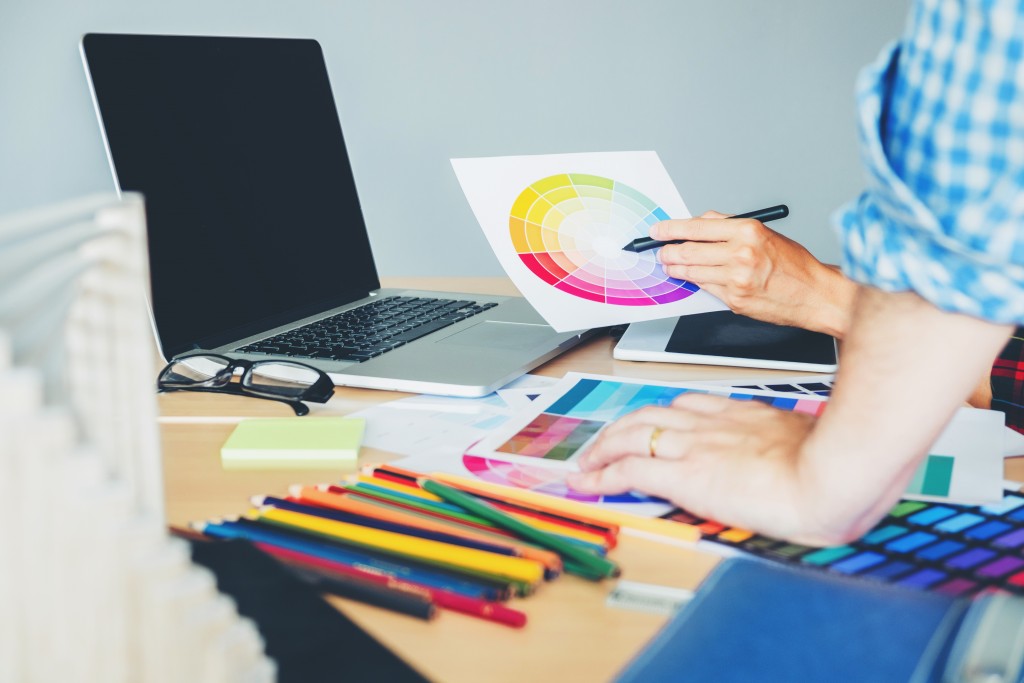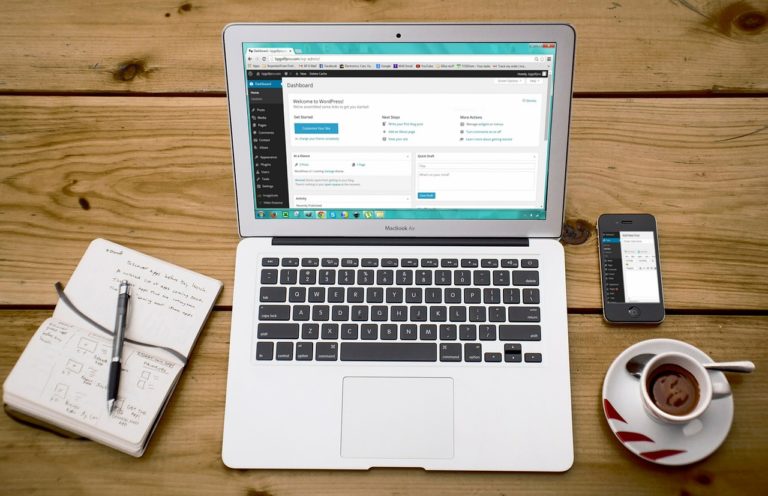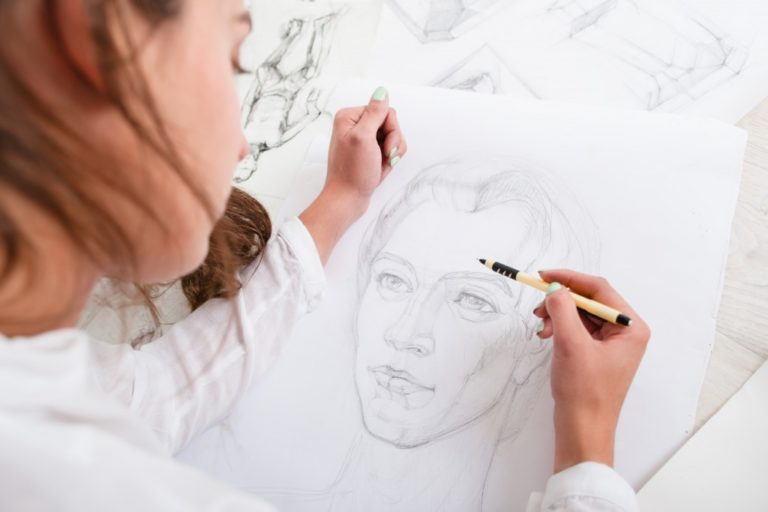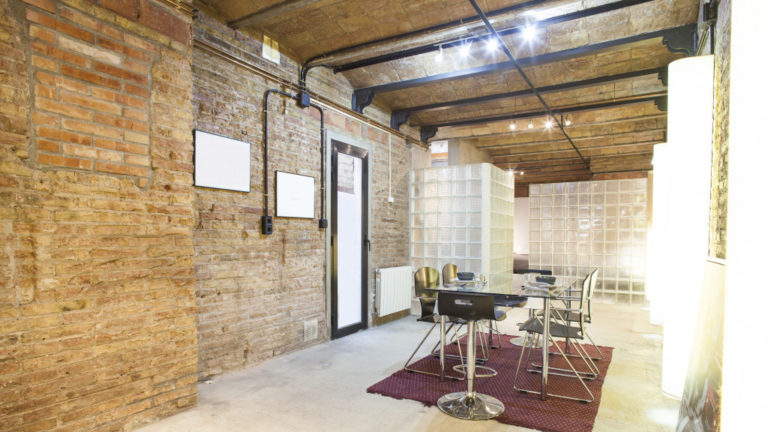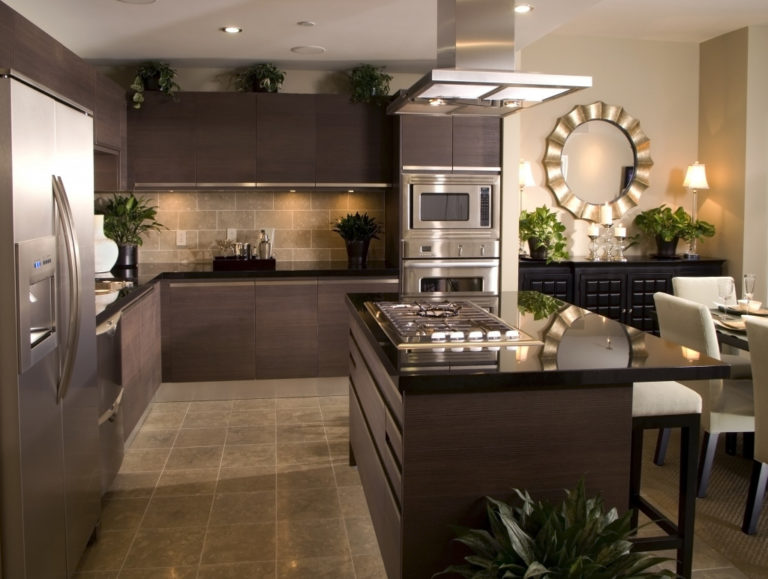When it comes to designing, you’ve likely got a project that needs to make a huge impact. However, it can sometimes be challenging to find the motivation and creativity to make your ideas into a masterpiece. While you’ve likely heard the myth that inspiration and creativity will strike at the right time, as professional designers would say, it takes effort to cultivate these and call upon them for projects regularly.
With that in mind, here are seven expert tips from experienced designers who regularly rely on creativity to get the job done.
Find New Places or Ways Let Your Mind Wander
For many seasoned designers, the ability to find a new place or way to seek creativity can be a challenge. Whether it’s because you got used to your old habits or can’t develop new ones, creativity can often get stifled when you don’t allow it to be stimulated. So, actively seek new ways to let your mind wander, whether it’s opening up your curtains at home or having fun with a blank comic strip and creating fun stories, helping you foster a creative mind long-term.
Set Boundaries
While most would see boundaries as a blocker for creativity, most designers would suggest they’re one of the most useful tools when designing, especially when determining a color palette for a theme, creating negative space in the design, and deciding on font pairings. So, set up narrow parameters you work in, and within these, provide yourself with enough room for freedom and play.
Schedule ‘Creativity Sessions’
Making room to ‘practice’ your creativity on your schedule just like you’d do for other essential commitments can be a fantastic way to foster creativity. Block specific timeframes, like Mondays from 5:00 pm to 6:00 pm, and so on. Then, when your set schedule comes, follow through and create a creative project—and these may include making a new design or something as simple as coloring.
Prioritizing your creativity and putting it on your schedules can activate the executive attention network in your brain, helping you focus your attention on creative projects—fostering your creativity.
Stay Actively Curious
Being curious is a crucial trait of any professional designer. Keep in mind that being curious about other people’s works or things isn’t limited to design. Mediums such as theater, photography, and even dance are great places to start. Then, try creating your version, depending on the context of what you’re doing—and create a unique masterpiece.

Approach Projects at an Unexpected Time
If you get stuck in the middle of a project, you’ll need to create new connections and begin looking at the project differently, and one of the best ways you can do that is by working at the task at a different time. You can change things up and work on projects at odd times, helping you think differently, activating your brain’s salience network, making it easier to create connections between your knowledge and the environment.
Moreover, studies have found that you’re more likely to solve insight issues when you’re least alert, meaning if you’re a morning person, you’ll likely be more efficient at solving creative problems during the night. So, although tackling your creativity issues can be appealing when you’re at a peak level of focus and attention, it’ll be more efficient to work with a relaxed mind.
Go for a Walk
Sometimes, having a change of scenery is what you need to perceive an issue differently—and the best way to adapt this to foster creative thinking is going outside. Walking outside is one of the best creativity boosters out there, encouraging new ways of thinking as it activates all three of your brain’s creativity networks.
These include engaging with the attention network since you’ll focus on where you’re going, allowing you to daydream, activate your imagination network, and the salience network thanks to the new stimuli. All these pave the pathway to creativity.
Always Seek Feedback
Although asking for feedback about your work can be nerve-wracking, it’s one of the most efficient ways of boosting your creativity, allowing you to get a different perspective on your work. Additionally, it can give you some breathing distance, helping you come back with fresh eyes and a clear mind.
Some people assume that creativity is a gift, but the reality is, it’s a skill—and it’s one that anyone can get better at over time with dedication and the right kind of practices. The expert tips mentioned can give you a great start to becoming more creative in your designs, allowing you to create captivating, unique, and personal designs in the long run.

